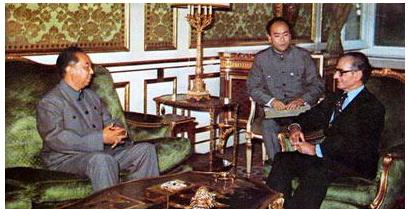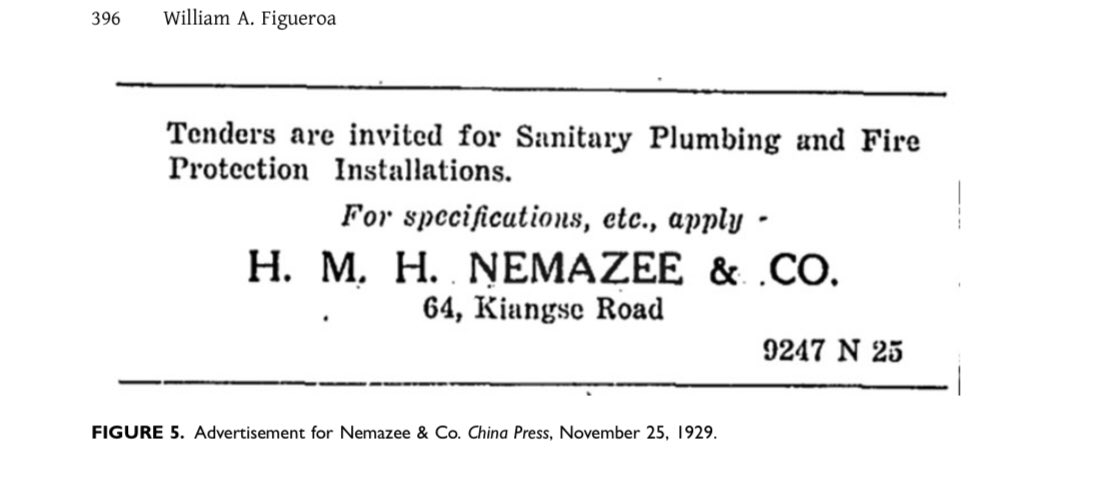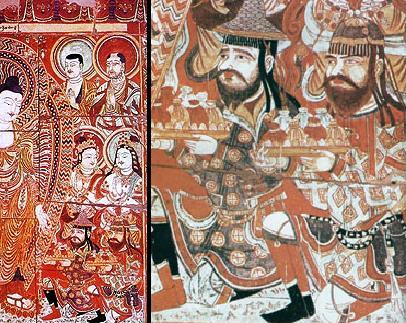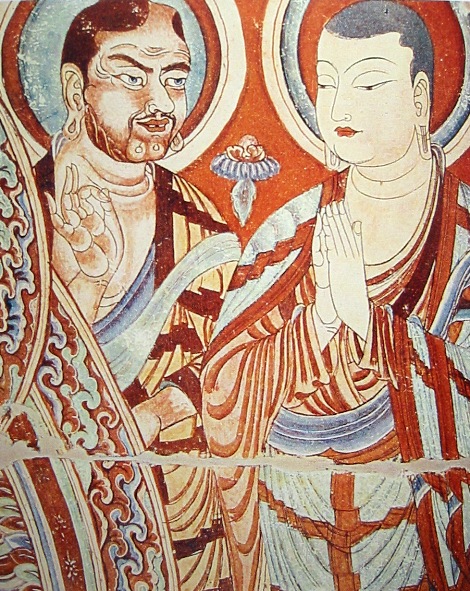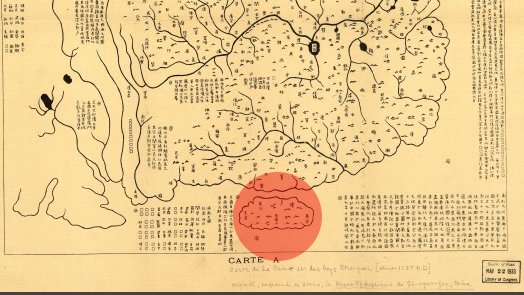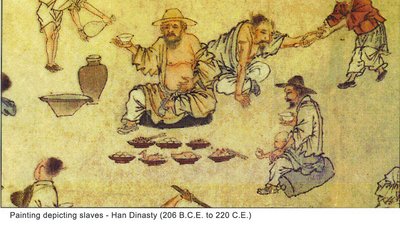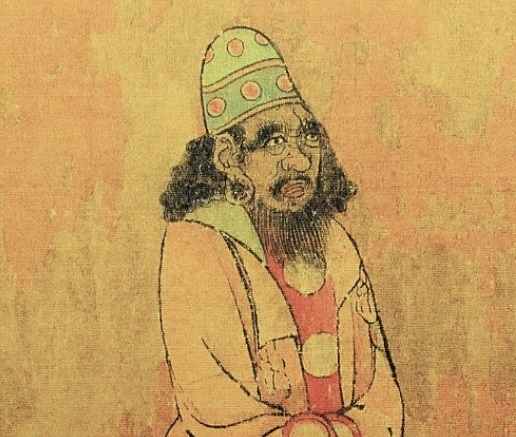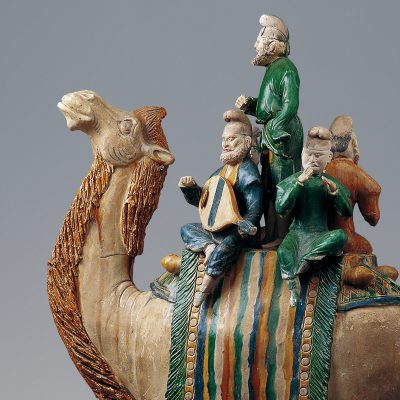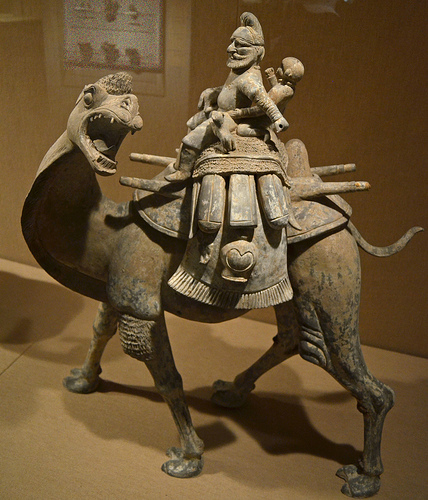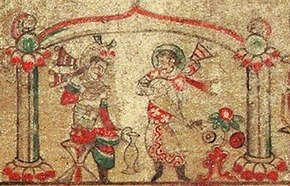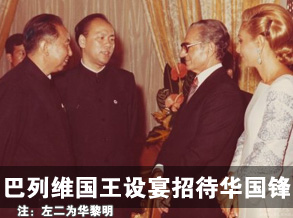Discover and read the best of Twitter Threads about #IranChina
Most recents (13)
Recently, #IranChina ties have faced faux pas, criticism, and stagnation. Tomorrow, President Raisi will visit #Beijing to try and jump-start #Sino-#Iranian cooperation. 🇨🇳🇮🇷
A brief #thread 🧵of what's happened recently in #Iran-#China relations:
aljazeera.com/news/2023/2/13…
A brief #thread 🧵of what's happened recently in #Iran-#China relations:
aljazeera.com/news/2023/2/13…
In March of 2020, #Iran and #China signed the fabled "Iran-China Deal", in which China reported pledged massive cooperation with and investment in Iran over the next two-and-a-half decades. The deal ostensibly called for $400 billion in investment...
nytimes.com/2021/03/27/wor…
nytimes.com/2021/03/27/wor…
But as you may be able to guess from the number of qualifiers, the deal was, much like China's espionage efforts, full of hot air. Many experts, myself included, pointed out that the $400 billion number was almost completely fabricated...
thediplomat.com/2021/04/china-…
thediplomat.com/2021/04/china-…
Exciting! My article for @AIS_1967 “Performative Diplomacy: Iran–Republic of China Relations, 1920–1949” has been published.
It’s OpenAccess!
Wonder what Chiang Kai-shek thought of Reza Shah?
Read on…
#iran #china #history #twitterstorians
cambridge.org/core/journals/…
It’s OpenAccess!
Wonder what Chiang Kai-shek thought of Reza Shah?
Read on…
#iran #china #history #twitterstorians
cambridge.org/core/journals/…
#China and #Iran have agreed to expand their military ties. Of course, Fox News and the usual suspects are sounding the alarm. What does that mean, and is there anything noteworthy here?
The short version? No, not much. Here’s why…
#IranChina
english.alarabiya.net/News/middle-ea…
The short version? No, not much. Here’s why…
#IranChina
english.alarabiya.net/News/middle-ea…
First, this is nothing new. Chinese military have visited Iran before. They ALREADY cooperate by holding joint military exercises and collaborating on international crime, like drug trafficking and terrorism. China also does this with Saudi Arabia and other ME countries.
They’re likely to continue to deepen these ties, but they’re not particularly strategic or significant. That’s exactly what Bagheri said they’re doing, “expand bilateral cooperation in joint military drills, exchange of strategies, training issues and other common fields”.
The #Iran-#China deal has entered the "implementation" phase. This has triggered a new, yet not unexpected round of #Sino-#Iranian "alliance" panic.
But recent events hint at the limits of the Sino-Iranian partnership. Let's review... (a #ForeignPolicy #IranChina #thread) 1/
But recent events hint at the limits of the Sino-Iranian partnership. Let's review... (a #ForeignPolicy #IranChina #thread) 1/

First, it's worth repeating that many aspects of the promised deal are overblown and exaggerated, including the fabled "$400 billion" investment. The deal was, and remains, aspirational and with no specific details. 2/
thediplomat.com/2021/04/china-…
thediplomat.com/2021/04/china-…
Everything You Need To Know About the 25-Year #IranChina Agreement - A #Thread
Why it's not a "big deal" and the myth of a $400 (or $500...) billion investment.
W/ articles by @JuliaGurol @yarbatman @jacoposcita @Lucille_Greer_ and @jonathandfulton
#Iran #China
Why it's not a "big deal" and the myth of a $400 (or $500...) billion investment.
W/ articles by @JuliaGurol @yarbatman @jacoposcita @Lucille_Greer_ and @jonathandfulton
#Iran #China

Yesterday, Iran and China signed an agreement expressing a desire to increase co-operation and trade relations over the next 25 years. This deal has been hailed as a massive overhaul of Sino-Iranian relations that will see China invest $4-600 billion into the Iranian economy. 1/
Opponents have decried it as the "selling of Iran to China" and claimed it contains provisions for Chinese occupation of Iranian land and sale of islands. Iranian conservatives (and U.S pundits) see it as "America defeated". But what is the truth of the matter? 2/
1/ In 1965, a leftist Iranian student movement in Europe declared its support for Mao Zedong's theories. The Revolutionary Organization of the Tudeh Party (Sāzmān-e Enghelābi-ye Ḥezb-e Tūdeh) would become a major faction of the student opposition.
#IranChina by @IranChinaGuy


#IranChina by @IranChinaGuy



1/ Persian was an important admin. and religious language during the Yuan and Ming, but declined under the Qing (1644-1912).
On the rise (and fall) of Persian language use in China and the decline of traditional Sino-Iranian ties by the 20th century.
#iranchina by @IranChinaGuy

On the rise (and fall) of Persian language use in China and the decline of traditional Sino-Iranian ties by the 20th century.
#iranchina by @IranChinaGuy


1/ Religion was another important link between #China and #Iran in both ancient and medieval times. This thread will briefly explore the Sino-#Iranian connection in the spread of three religions in China: #Buddhism, #Zoroastrianism, and #Islam.
#iranchina by @IranChinaGuy - B.F


#iranchina by @IranChinaGuy - B.F
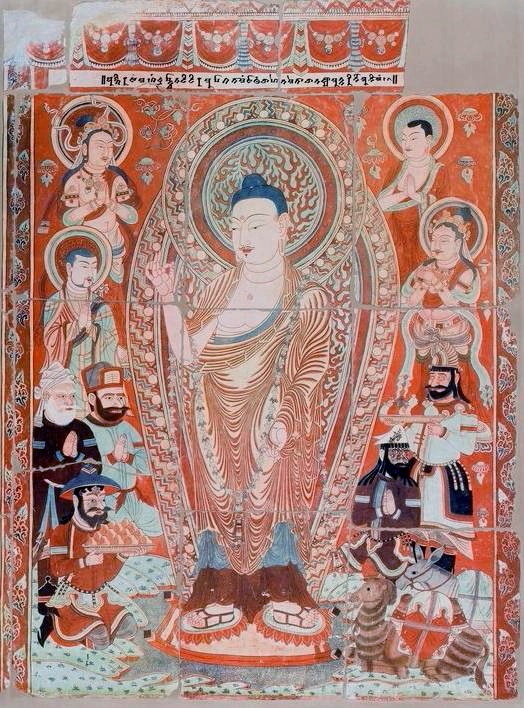
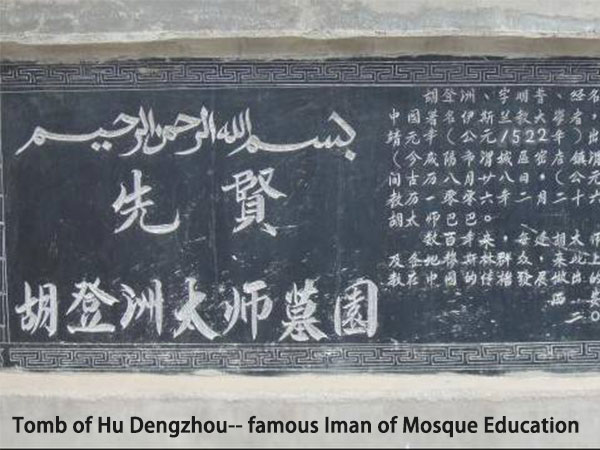
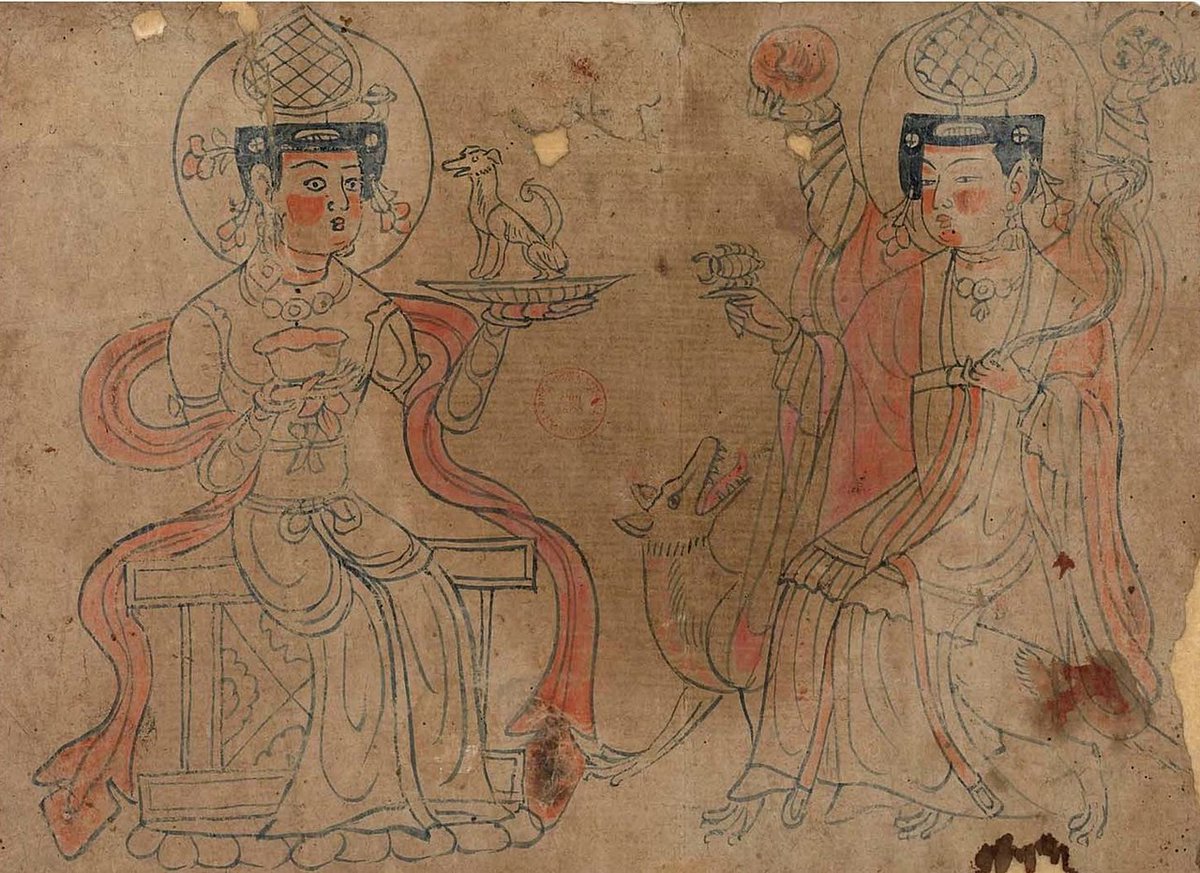
2/ (Disclaimer: Each of these could be an entire topic, but as I am do this in my limited free time, I simply can't cover all three as well as I'd like. Please forgive anything left out, simplified, or overlooked. Follow me @IranChinaGuy and I will post more on each next week!)
1/ We've discussed Persia-in-China, but what about China-in-Persia? Before the Mongols, known sources record few Chinese ppl in Iran. However, Chinese products left a distinct mark. The most famous (and imitated) was Chinese blue-and-white porcelain. #iranchina - @IranChinaGuy 



1/ As I have mentioned, the story of #IranChina relations is not always a story of economic exchange and social integration. The lives of the elite were one thing, but this thread will look at the history of Persian slaves, merchants, and pirates in China. - by @IranChinaGuy 
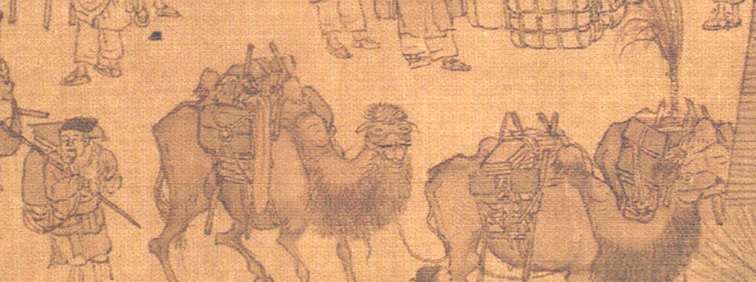
Between the 5th and 13th century, there were a number of Chinese families of Iranian descent surnamed Li who left their mark on history. Let's begin with two famous siblings: Li Xun and Li Shunxian, a brother and sister who were both accomplished poets, and more. 1/
#iranchina
#iranchina

1/ Over the next few centuries, diplomatic contact between the two regions continued. The Sassanians, called "Bosi" (波斯), sent dozens of embassies to China ca. 400-500 CE. Sassanian-Tang relations were famously close, especially after the Muslim conquest of Persia.
#iranchina
#iranchina
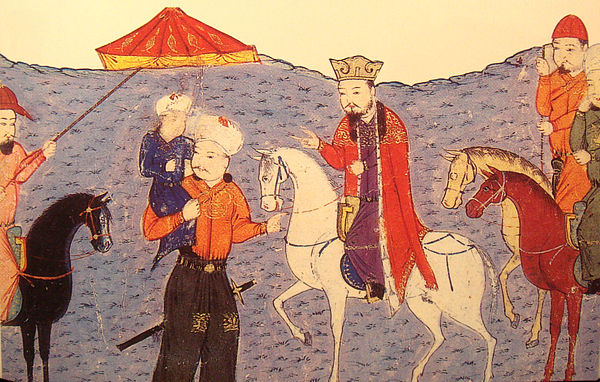
While #CCP Chairman #HuaGuofeng's visit to #Iran in 1978 was meant to project strength, his translator recalled a different mood... (a short thread) 1/
#Iran #China #IranChina #ChinaIran #twitterstorians #history #womeninhistory #AcademicTwitter #iranian #pahlavi #chinese
#Iran #China #IranChina #ChinaIran #twitterstorians #history #womeninhistory #AcademicTwitter #iranian #pahlavi #chinese

"The meeting between the leaders of the two countries that I was most impressed with was a separate meeting between #HuaGuofeng and #Pahlavi. At that time there was no one but else but myself as a translator. Pahlavi's mood during the meeting was already quite depressed..." 2/ 
